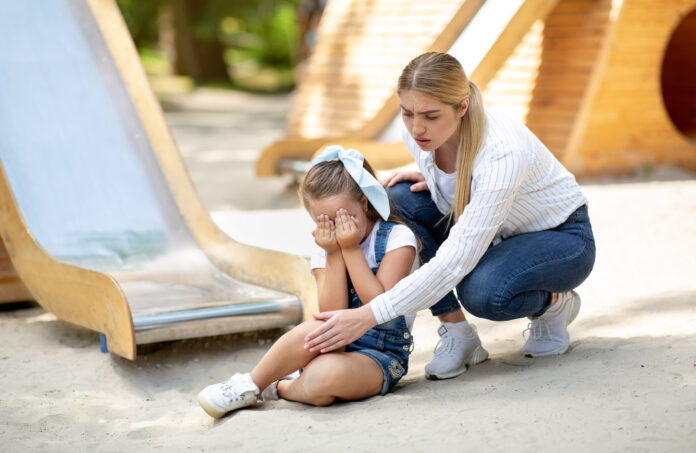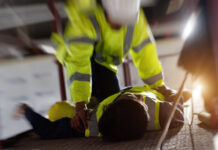Playgrounds are meant to be spaces where children can frolic and immerse themselves in their playful imaginations, swinging from monkey bars and sliding down slides. However, this picture of carefree fun isn’t always the reality. In fact, playgrounds are often the scenes of frequent child injuries, some of which can be quite severe. From scraped knees to broken bones, the prevalence of these incidents has become a growing concern for parents, caregivers, and schools alike. Each scrape, bump, or fall carries with it the potential for something more serious, highlighting the importance of thorough and continuous evaluation of playgrounds to ensure they remain safe havens for children.
A proper understanding of what constitutes a playground risk is key to preventing injuries. The hazards range from the immediately obvious, such as broken equipment and unsafe surfaces, to the less apparent, like poorly designed play structures that can lead to accidents. Climbing apparatuses that are too high, swings that are too close together, and slides that end too abruptly are just a handful of design issues that can turn playtime into a risky endeavor. The impact of environmental conditions – such as wet, slippery surfaces during rainy weather or scorching equipment in the heat of the summer – cannot be overlooked. A comprehensive approach that includes regular inspections, adherence to safety standards, and prompt repairs is essential for minimizing risks and safeguarding the jubilant pulse of playgrounds.
Recognizing Common Hazards in Playgrounds
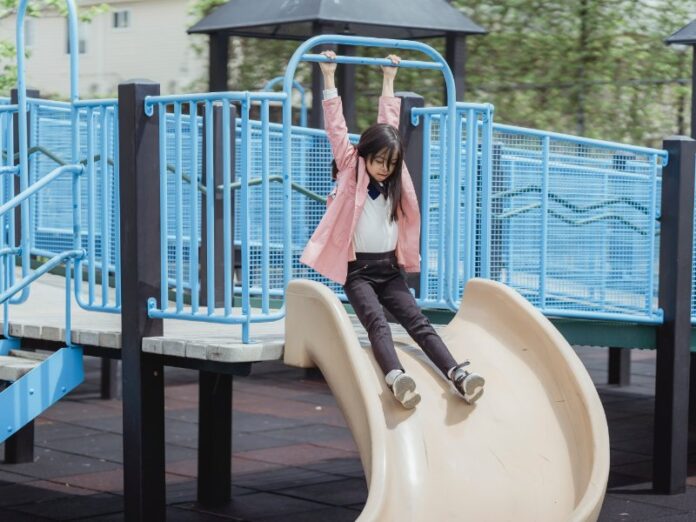
When visiting playgrounds with children, it’s important to be aware of potential dangers to ensure a fun and safe experience. Equipment-related risks are a significant concern; these can include anything from broken or malfunctioning swings, slides with sharp edges, or unstable climbing structures. To minimize the chances of injury, it’s essential to inspect these play structures for any signs of wear or damage before allowing children to use them. In addition to the state of the equipment, the surfaces beneath playground features play a vital role in safety.
Falls are common, but the impact can be greatly reduced with well-maintained, impact-absorbing materials such as mulch, sand, or rubber. Hard surfaces like concrete or asphalt significantly increase the likelihood of severe injury and should be avoided. Lastly, adult supervision is paramount; vigilant monitoring can prevent misuse of playground equipment and facilitate immediate response in case of an accident. By paying close attention to these factors—equipment integrity, surface quality, and active supervision—caregivers can help create a safer environment where children can freely enjoy the spirit of play.
Legal Framework for Child Injury Claims on Playgrounds
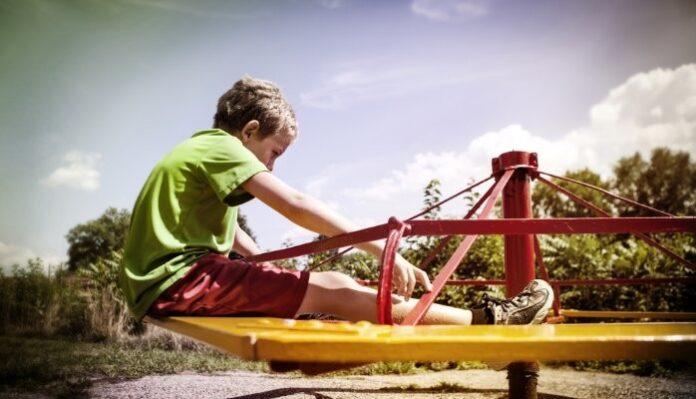
When assessing legal cases involving child injuries on playgrounds, the framework centers around concepts of liability and a duty of care that owners of both public and private play areas are expected to uphold. Essentially, proprietors must ensure that the playground equipment and surrounding environment are safe and properly maintained to prevent harm to children. If an injury occurs, determining negligence becomes key; this involves examining whether the care owed by the playground owner was breached and if that breach directly caused the injury.
The subtleties of negligence come into play, with a personal injury attorney Lake Charles asking questions like: Did the owner know, or should they have known, about a potential hazard? Did they ignore it, or did they take reasonable steps to fix it? How foreseeable was the injury? The burden of proving negligence often falls on the plaintiff, who must demonstrate that the playground’s conditions were inherently unsafe and that proper oversight—like regular safety inspections—was not conducted. Parents, in their legal pursuits, have essential responsibilities—they must provide proof of their child’s injury, collect evidence from the scene, and often, obtain witness statements to build a solid case. Despite these complexities, understanding the legal framework empowers parents to effectively advocate for their children’s safety and rights in cases of playground injuries.
Steps to Assessing and Documenting Injuries for Claims
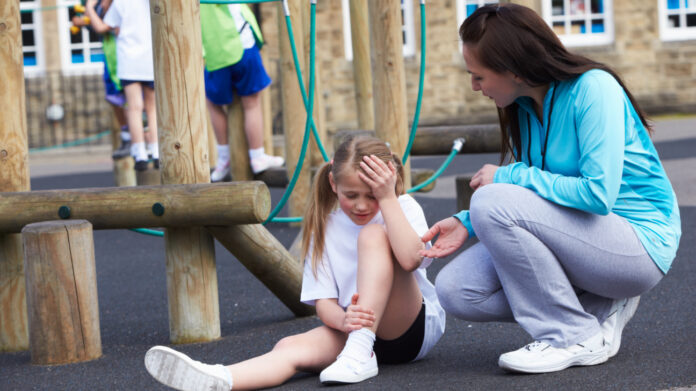
When experiencing an injury, especially one that might give rise to a claim, prompt action is essential. The initial step should invariably be to obtain medical care, not just for health and safety but also since medical documentation serves as critical proof of your injuries and the treatment you received. The significance of this documentation is immense; it verifies the severity of your injuries and their effects on your life. To strengthen your claim, collect as much proof as possible. This encompasses taking photographs of your injuries and the location of the incident, when feasible. Furthermore, if there were witnesses to the occurrence, their testimonies could be highly influential. Ensure that you receive their contact details so they can give accounts corroborating your version of events. Amassing and systematizing all this information proficiently will be of great assistance in submitting a well-supported claim.
Psychological Impact of Playground Injuries on Children
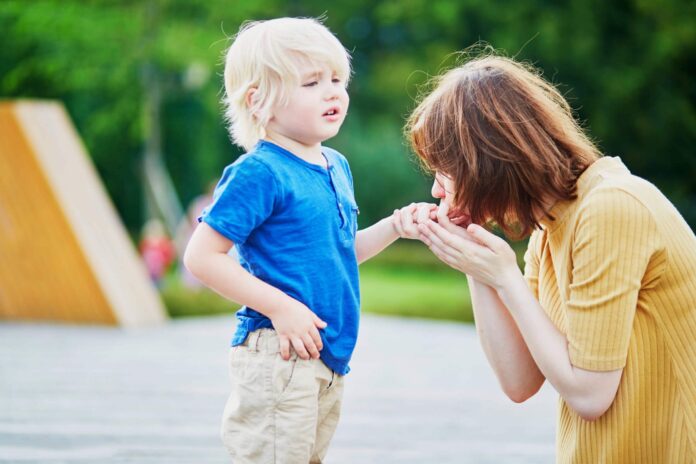
The repercussions of playground injuries on children extend far beyond the physical. These traumatic experiences can insidiously affect a child’s mental and emotional well-being long after the physical wounds have healed. Enduring a scary and painful incident in what should be a fun and carefree environment can lead to persistent fears, anxiety, and even avoidance of play areas or similar activities. Research highlights the importance of incorporating mental health evaluations when assessing the aftermath of such injuries. Understanding the psychological toll allows for a more holistic approach to caring for the young victim and could also play a significant role in legal claims where the emotional impact is considered alongside physical harm. Recovery is not just about the body mending; it often necessitates a support system that may include parents, teachers, and mental health professionals. Therapy, whether in the form of counseling, play therapy, or other age-appropriate interventions, can be invaluable in helping children process their trauma, overcome fears, and regain their confidence. Thus, recognizing and addressing the mental health aspect of playground injuries is vital for the child’s full recovery and long-term well-being.
Mitigation Strategies: Enhancing Playground Safety
Ensuring the well-being of children in playgrounds requires a multi-pronged approach that includes careful design, regular maintenance, and ongoing education. Safer playground design starts with the selection of age-appropriate equipment, which should be constructed from durable materials and feature rounded edges to prevent injuries. Fall-absorbing surfaces, such as mulch or rubber, are essential under climbing structures and swings to cushion any potential falls. The role of routine inspections cannot be overstated; they are key in spotting hazards like broken equipment, protruding bolts, or worn-out surfaces before they can cause harm. Maintenance teams should promptly address any issues found during these checks. Furthermore, educational programs aimed at children can teach them the importance of playing safely and how to use playground equipment properly, while safety protocols ensure that caregivers understand their role in supervising and assisting children in these public play spaces. Combining these strategies can transform any playground into a safer environment where children can freely explore and enjoy outdoor play.
Technology and Innovation in Preventing Playground Injuries
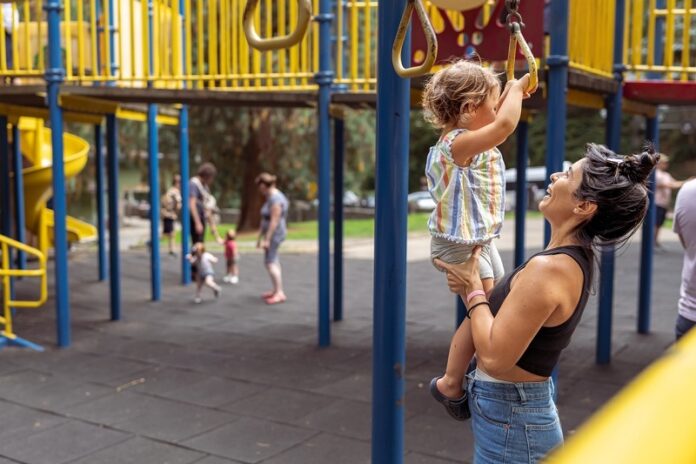
Technology and innovation are playing a key role in enhancing playground safety and preventing injuries. As we explore the new age of playground design, the integration of emerging technologies is proving to be a significant factor in accident prevention. Safety on the playground has become more sophisticated with the development of impact-absorbing surfaces, which significantly lower the risk of injuries from falls. Advances in materials science have ushered in innovative, durable and non-toxic construction materials that are making play areas safer, especially for younger children.
In addition, design innovations are not just about physically safeguarding kids, but also about creating stimulating and inclusive environments that cater to a variety of needs and abilities. The digital era has also introduced smart playgrounds equipped with sensors and interactive features that can monitor usage patterns and detect maintenance needs, ensuring that equipment stays in top condition and potential hazards are addressed immediately. As technology continues to advance, the future of playground construction looks promising, with a focus on intelligent systems and designs that ensure safety through prevention, without compromising on the fun and freedom every child deserves on the playground.
Creating a secure environment where our young ones can play and develop is a task that should be shared; it is a joint duty carried by product designers, municipal agencies, guardians, and communities as a whole. As we consider the playgrounds that tomorrow will bring, we understand that meticulously reviewing injury reports accomplishes more than just solving present dilemmas—it promotes a culture of awareness and ongoing refinement, offering widespread advantages for years to come. Each report analysis acts as an essential building block in creating a structure that not only diminishes the possibility of future accidents but also builds a stronger feeling of confidence and protection within our communal areas. Therefore, we must collectively advocate for the continual improvement of playground safety measures to help ensure that our children are protected from unnecessary hazards.
